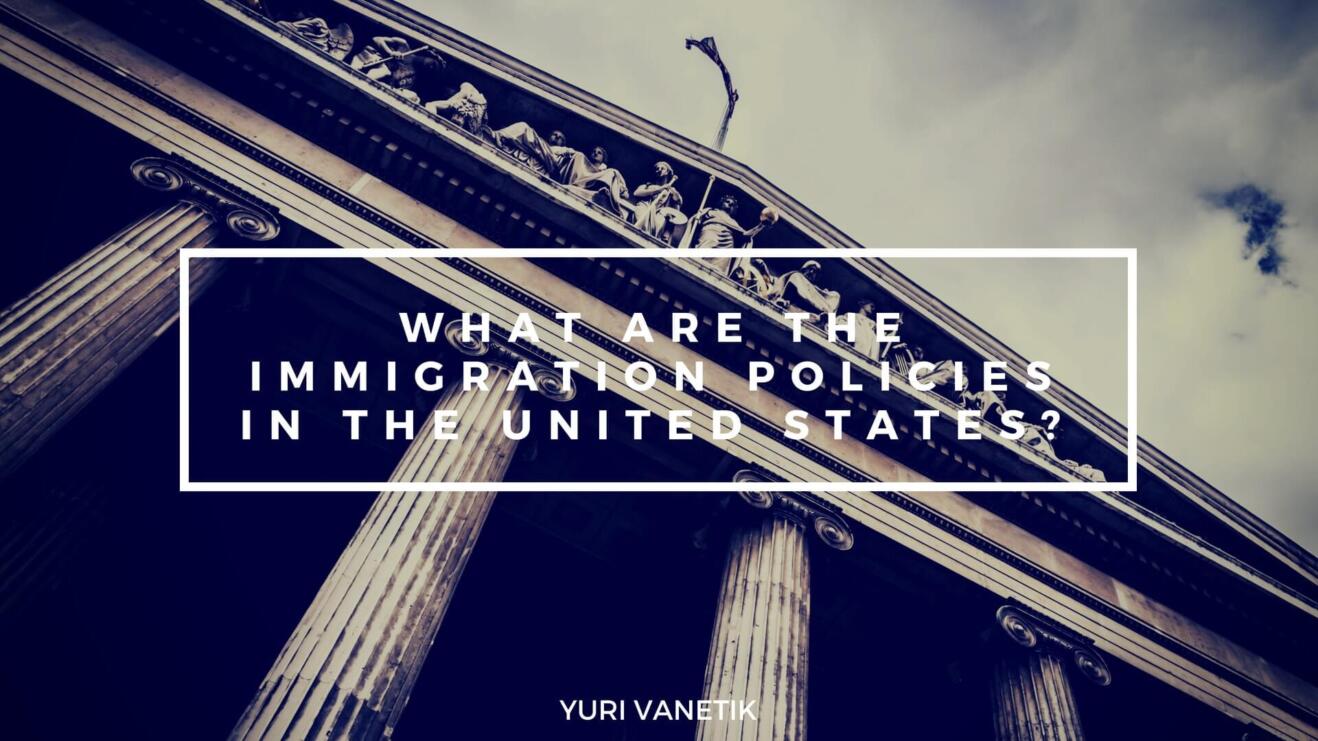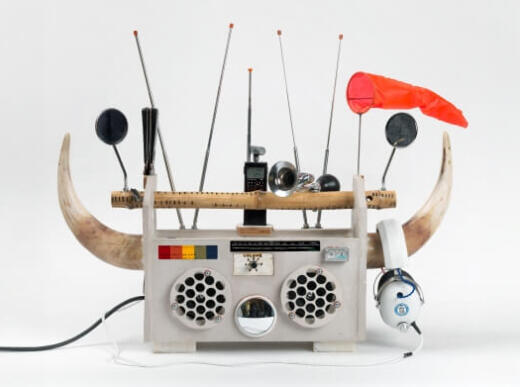There are currently 34 million legal immigrants who live in the United States and nearly 1 million unauthorized immigrants who have a temporary okay to live and work in the country under the Deferred Action for Childhood Arrivals (DACA) and Temporary Protected Status programs.
The DACA program is a key component in the Congressional debate about immigration and the Trump administration ended it but federal court rulings have kept it active. Those immigrants who fall under the TPS program come from countries who have experienced war, hurricanes or other disaster, making it dangerous for them to return. The Trump administration has signaled it will end the program for those from El Salvador, Haiti, Nicaragua and Sudan, who make up more than 75 percent of those participating in TPS. Only immigrants from Syria and South Sudan have gotten TPS extensions with the chance of renewal in the future.
Below are some key takeaways about existing U.S. immigration programs, which are increasingly in the spotlight under the Trump administration:
Under family-based law permanent residence programs, 804,793 people received lawful permanent U.S. residence in fiscal year 2016. This program allows an individual to obtain a green card if they have a spouse, child, sibling or parent living in the country. Under a proposal by the Trump administration, green cards would be given only to spouses and minor children. A Senate bill would make green cards available to other family members via a skills-based point system. Family-based immigration, or chain migration, is the way most people get green cards.
In 2016, 84,995 refugees were admitted into the United States. That number dropped to 53,719 in 2017, indicative of a lower admissions cap instituted by the Trump administration. Although immigrants from 11 nations deemed high-risk were admitted on a case-by-case basis that year, by January 2018 admissions had begun again for all countries.
The visa lottery distributes green cards to 50,000 annually. The Trump administration wants to end the program, which grants visas to immigrants from countries which are underrepresented in the U.S.
H-IB visas are granted to high-skilled foreign workers. In 2016, 180,057 were granted and the Trump administration has increased the number of challenges being made to applicants seeking the visa while there have been long-term efforts in Congress to expand the program.
About The Author
Yuri Vanetik is an Entrepreneur, Private Investor, Coalition Builder, and Philanthropist in Orange County, California. He is the Managing Partner of Vanetik International, LLC, a management consulting firm which offers advisory services and strategic planning to businesses and industries. He is also the Managing Partner of Dominion Asset Management, a technology-driven opportunity real estate fund that invests in undervalued real estate throughout the United States. Yuri Vanetik brings over 20 years of professional experience in a variety of roles, and has been featured in notable publications, including the Wall Street Journal, California Business Journal, Forbes, and Entrepreneur.



